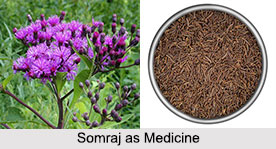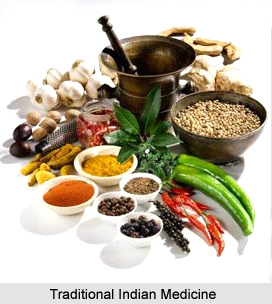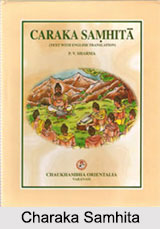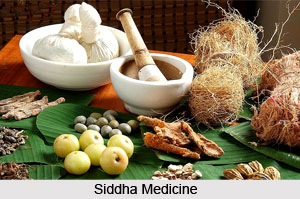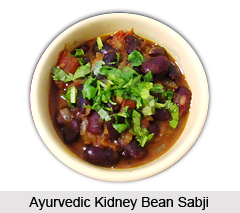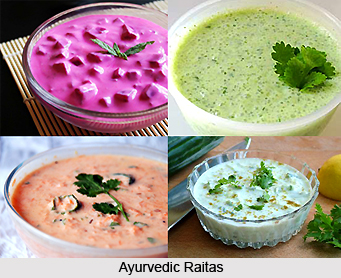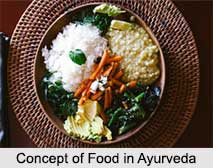 Concept of Food in Ayurveda is the vital carrier and balancer for the energy of Prana in the body. Foods such as grains, fruits, vegetables, seeds, beans, herbs and roots; the power of these foods manifests only when they are used in the proper combinations and in complete co-ordination with the unique conditions of each individual.
Concept of Food in Ayurveda is the vital carrier and balancer for the energy of Prana in the body. Foods such as grains, fruits, vegetables, seeds, beans, herbs and roots; the power of these foods manifests only when they are used in the proper combinations and in complete co-ordination with the unique conditions of each individual.
Ayurveda is not only confined to the healing of disease in a superficial treatment of symptoms. Instead, it evaluates the complete body-mind of the individual. Indian yogis place great emphasis on diet as an integral part of the successful practice of any spiritual discipline.
In Ayurvedic foods, the blend and proportion of spices must be regulated to meet the physical constitutions and temperaments. Together, they represent the perfect blend necessary for a practical and contemporary presentation of this ancient science. This creates a different vibratory constitution of the food that affects the consciousness of the person who eats it.
Ancient Concept of Food in Ayurveda
According to the Upanishads, the ancient scriptures of India, food is Brahman, the Divine reality. The unity of all life is demonstrated by the process of eating in which one participates in the movement of creation in the material world. In Hindu eating, the food taken in is given as an offering to the Divine Fire in the stomach, by whose grace one digest the food.
Properties of Food in Ayurveda
According to Ayurveda, foods have therapeutic properties which are defined largely by the taste or rasa. Certain foods can be made useful for different individual constitutions by the use of the right spices, oils or cooking methods. Most foods are neutral in energy and have mild properties. Condiments and spices have more pronounced effects, like the heating nature of garlic or ginger. While "Fast Food" meets the need for convenience, much of its effective properties are lost in the process of making. The life-force, which cannot be measured in terms of vitamins, minerals or calories, is destroyed or reduced by artificial preparations.
Sattvic Food in Ayurveda
Ayurveda, as part of the science of Yoga, teaches us to eat primarily Sattvic Food. In fact, it advises one that a sattvic diet is generally safe for everyone. Sattvic Food is defined as food that is vegetarian, fresh, cooked in the appropriate manner and not overly spiced or oily.
Ayurvedic Food is a unique health manual that, if applied with proper understanding, can lead to a whole new dimension in the enhancement of health and the joy of eating.








